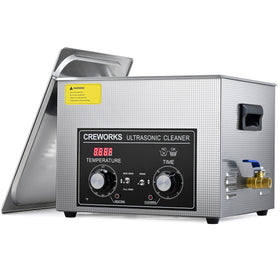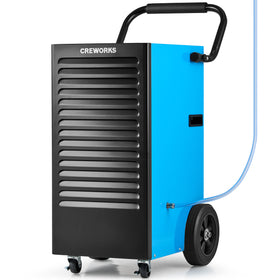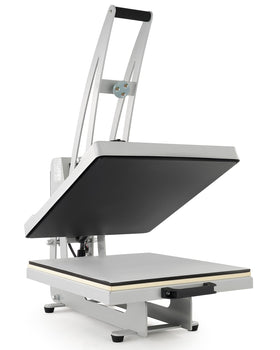With over 10000+ orders
With over 10000+ orders
Everyone loves amethyst! This affection is not only because of its stunning purple color but also because amethyst is incredibly durable when used for jewelry, especially rings. Owning an amethyst ring is a remarkable and enviable feat, but it is equally important to know how to clean amethyst. Like with all jewelry, maintenance of amethyst rings can be a little tricky. Proper care helps maintain their sparkle and value. This guide will walk you through two main methods of cleaning an amethyst: by hand and by using an ultrasonic cleaner. Let's make sure your gemstone stays as brilliant as the day you got it.

Amethyst scores an impressive 7 on the Mohs scale of hardness and is resistant to scratches from materials with similar or lower hardness. This toughness makes it ideal to be used in the making of many kinds of jewelry. However, despite its strength, amethyst does have some vulnerabilities. Abrupt temperature changes can cause it to crack, so it is best to avoid exposing it to extreme temperatures. Prolonged exposure to intense light can also make its color fade, so keep your amethyst jewelry away from direct sunlight when you are not wearing it. Generally speaking, cleaning amethysts manually with mild, soapy water is safe enough. However, nothing makes an amethyst shine better than when it is cleaned with an ultrasonic cleaner. It is also effective to clean them by using an ultrasonic cleaner for jewelry, but if they are fracture-filled or you are unsure about your amethyst jewelry, please ask professional jewelers for detailed suggestions.

Now that you know a bit more about the characteristics and vulnerabilities of amethysts, let's dive into how to clean them. Taking proper care of your amethysts will help maintain their beauty and value. Here’s a simple method to clean your amethyst.

For those who prefer a more hands-off approach to cleaning their amethyst jewelry, ultrasonic cleaners offer a convenient and effective solution. It must be noted that ultrasonic cleaners are generally only safe for amethysts that haven't been treated with dyes or fracture fillings. These cleaners work by emitting high-frequency sound waves that agitate the liquid, creating microscopic cleaning bubbles. These bubbles will implode and dislodge dirt and grime from the jewelry. Let's delve into how to use this method safely and effectively.

By following these steps, you can ensure that your amethyst jewelry stays clean. If you're looking for a high-quality ultrasonic cleaner for your amethyst jewelry now, look no further than Crewroks 120W ultrasonic cleaner. This powerful machine uses 40kHz sound waves to create cavitation in the 3-liter basin. It has an intuitive control panel that can offer flexible timed cleaning options from 1 to 99 minutes. Besides featuring Degas and Gentle modes, its cleaning power can be controlled for more gentle cleaning of your amethysts. For models at larger sizes, just check Creworks for your ideal ultrasonic cleaner.
Understanding how to clean amethyst properly is essential for anyone looking to maintain the gemstone's natural beauty and structural integrity. Whether you choose manual cleaning or an ultrasonic cleaner, follow the recommended guidelines to ensure your amethysts remain vibrant and undamaged. We hope this guide has provided you with valuable insights into caring for your amethysts.











